A brief history of toxic masculinity 😷
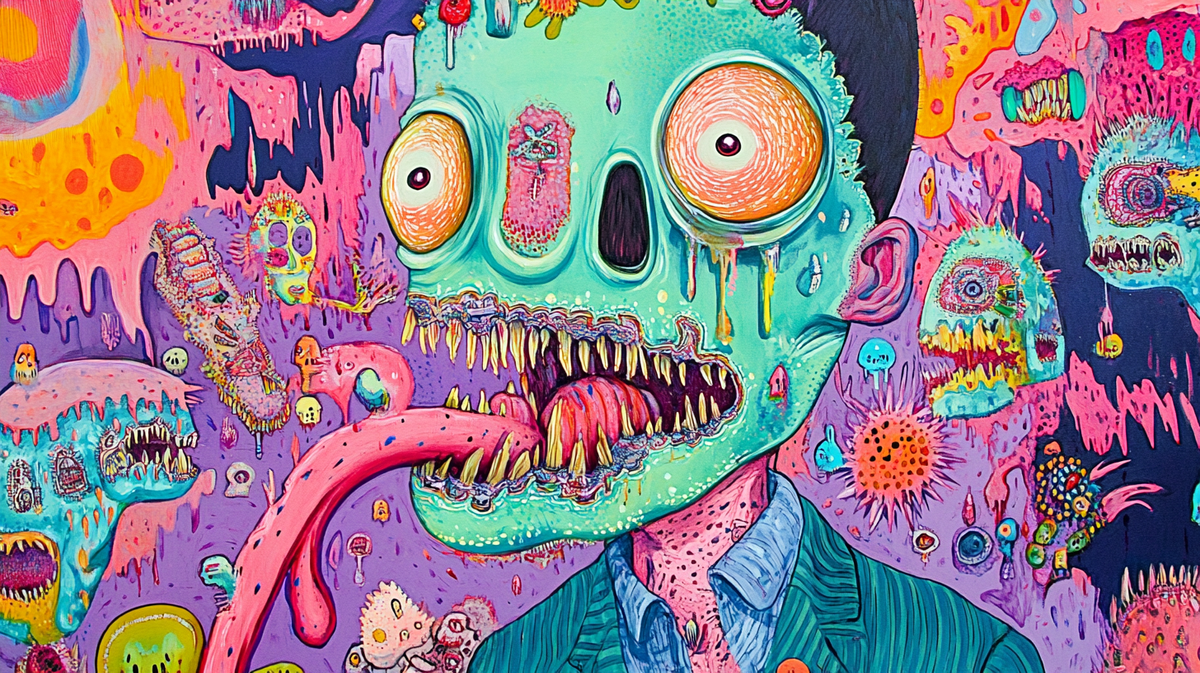
Toxic masculinity: that’s a phrase I’m sure you’ve all heard on your travels across the internet. It’s one of those ideas that seems to drift freely through our social feeds, finding its way into the nooks and crannies of everyday life.
It’s found its way into films, parenting, schools, and of course our politics. There’s even a test you can do to see how toxic you are. But like so many other phrases that have come to define our age - and which I’ve written about - its origins are a far cry from how we think about it today.
It’s a history that’s worth knowing: because it helps us find a way of understanding its use, and how we might find a different way of thinking about these ideas. So in this week’s Brink, I’m turning to the dusty history books on my shelf to share a brief history of toxic masculinity.
Manly men 💪
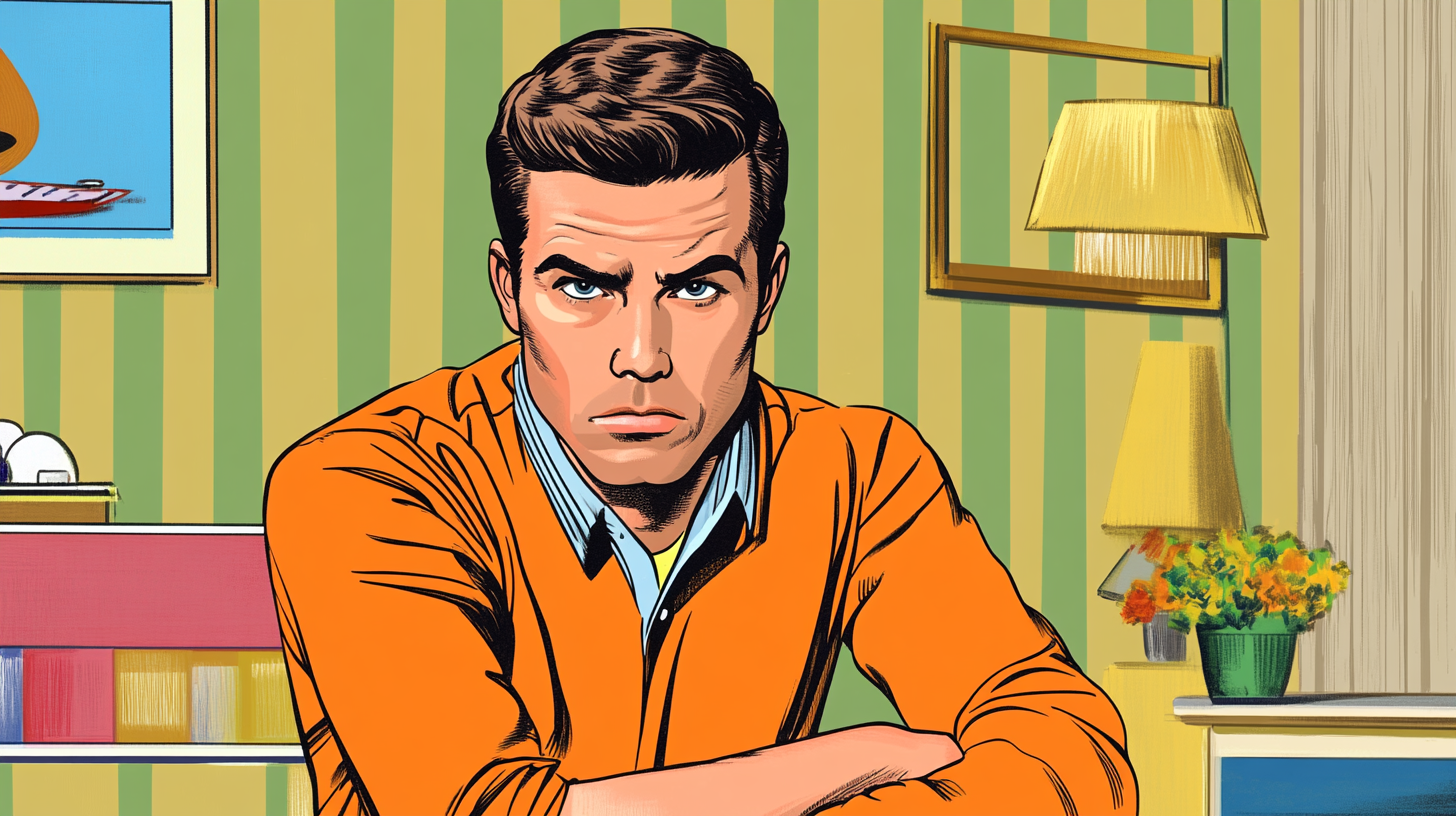
We’ve been exploring what it means to be a man for quite a long time. There are mentions of being a man - and the cultural expectations that phrase carries - as far back as the Hebrew Bible of 1000BC. In medieval Europe, there was a version of masculinity that evolved around ideas of heroism, Christianity and chivalry.
But for the purposes of this newsletter, we’re going to fast forward through the ages and focus on the emergence of “toxic” masculinity. We owe the phrase to the Mythopoetic Men’s Movement: an influential group of therapists, activists and writers who based a lot of their thinking on the work of Carl Jung and a relatively unknown poet called Robert Bly.
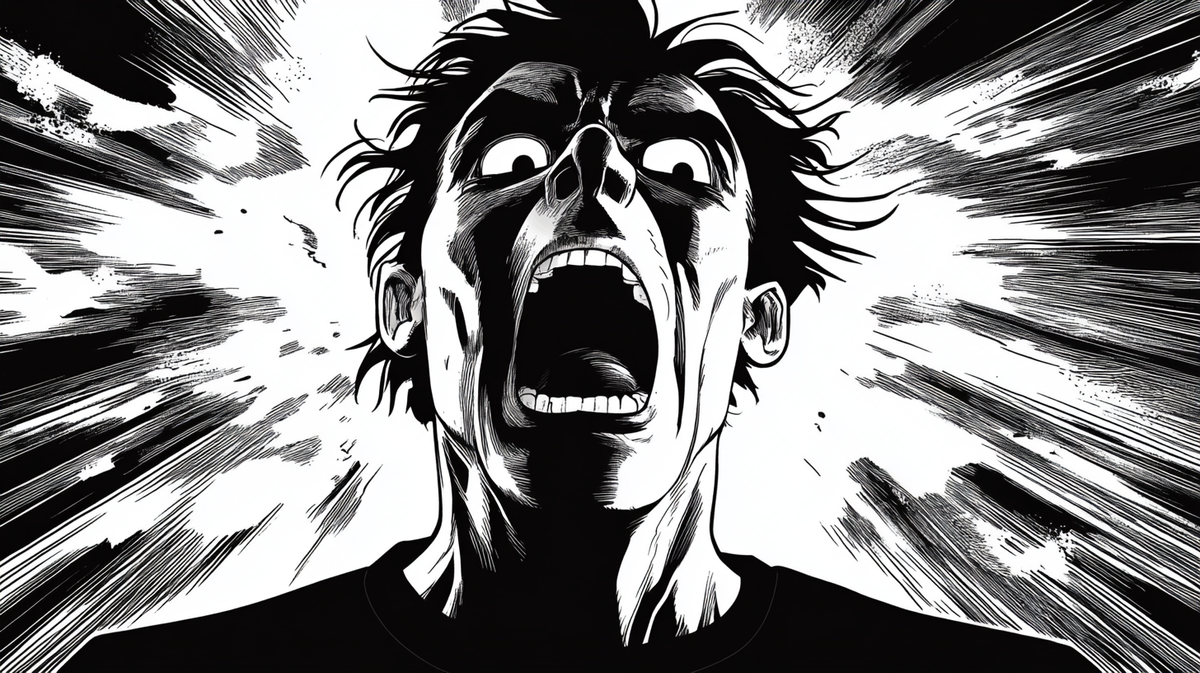
The premise of the group, which was popular in America in the 1980s and 90s, was based on the idea of tapping into our inner “Wild Man” and discovering “a male mode of feeling”. This was because, the group believed, American men had found their place in society under threat: the defeat of American men in Vietnam, the rise of women in the workplace and the shifting sands of society had created a crisis. That crisis, according to the mythopoets had ultimately:
"Trapped men into straitjackets of rationality, thus blunting the powerful emotional communion and collective spiritual transcendence that they believe men in tribal societies typically enjoyed.”
The “toxic” part of the puzzle came from an idea that when men are trapped, they express a more primal version of masculinity that is destructive, and chauvinistic. The group saw it as a response to how society had robbed men of their ability to be more expressive and connected with others in favour of a more isolated vision of modern man. This vision saw men competing with other men in a race to the emotional bottom.

While the mythopoets may have come and gone, they had created a term that was designed to help men reflect more meaningfully on how they showed up in their lives. But within two decades that idea would be rejigged to become something else.
Trumping 😈
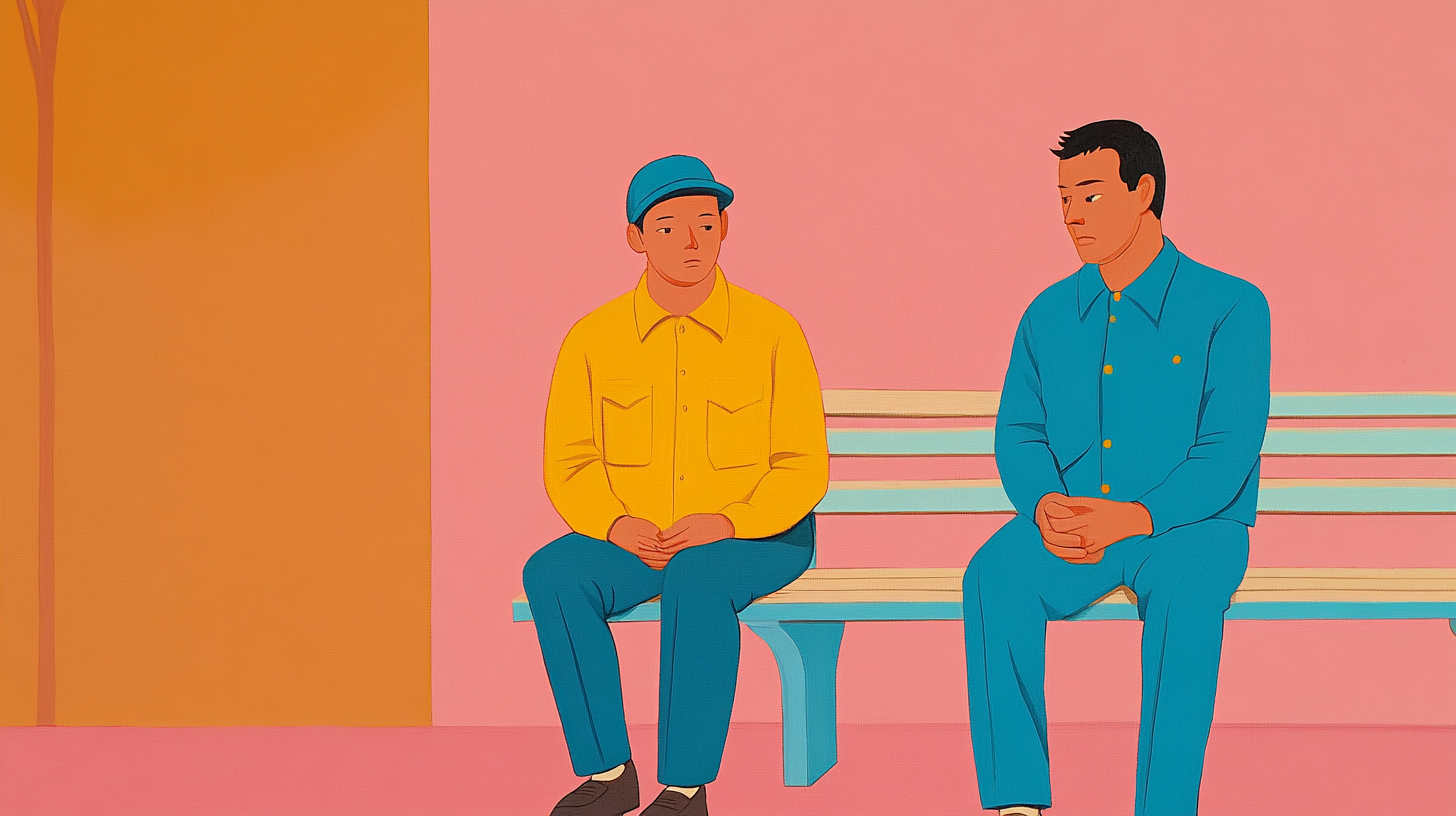
Toxic masculinity spent most of the 2000s and 2010s being discussed in academic psychology circles. Until around 2015, the phrase toxic masculinity warranted just a handful of mentions in a couple of corners of academia. According to sociologist Carol Harrington, the number of articles using the term prior to 2015 never exceeded twenty, and almost all mentions were in scholarly journals.
It wouldn’t pop up in wider society until the #MeToo movement shone a light on some of the world’s most powerful and influential men, and how they’d used that power to abuse women. Oh, and Donald Trump.
During his election campaign, it was revealed he had bragged about committing sexual assault and it had been captured on audio. While for many it was believed that would topple his chances to get elected, he beat Hilary Clinton to the White House.
Bewildered, commentators looked for a way to describe the revelations, and found the label toxic masculinity captured a very different idea from where it first started. The New York Times used the term to describe an uneducated, simple type of man who was uninterested in the nuance of life. Instead, his motivation was to find crude explanations of how the world worked, as long as it made him feel like the victim of it.
As the #MeToo movement gathered pace, so did the idea of toxic masculinity. Soon it stopped becoming about certain men and took on a bigger idea, popularised by the Twitter hashtag #menaretrash.
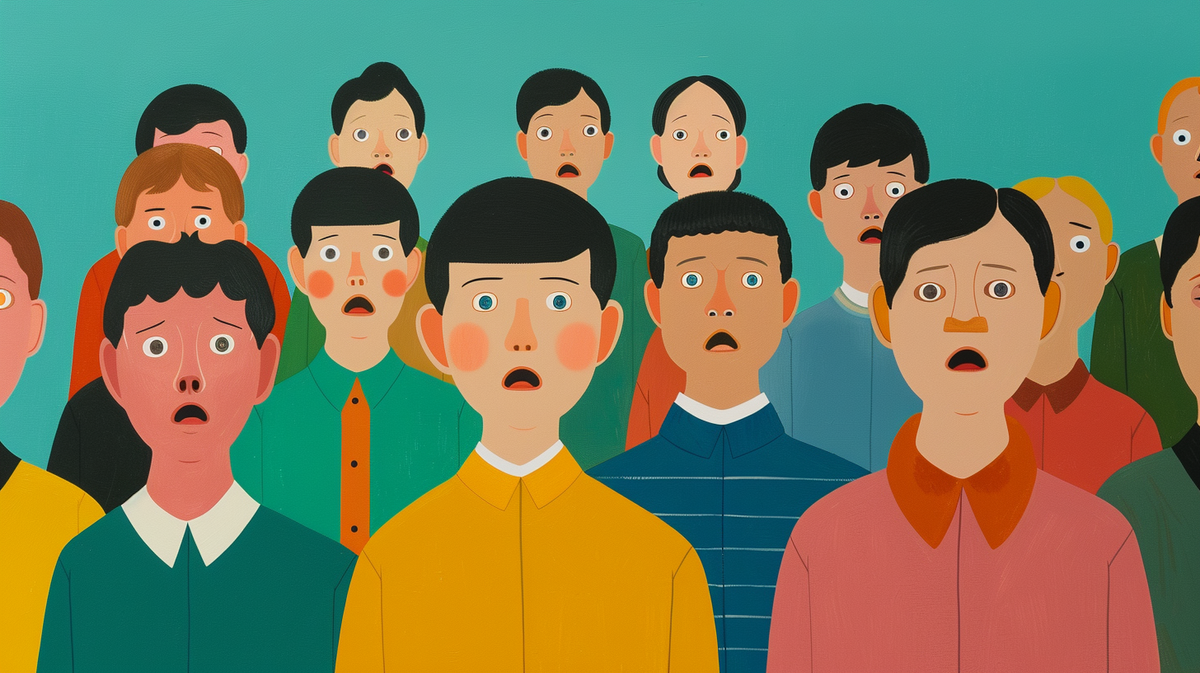
Within months of the revelations, the American Psychological Association updated its 2018 handbook on male patients to reflect the growing consensus that men suffer from “masculine gender-role strain” caused by “a disproportionate emphasis on personal achievement and control” and “restrictive emotionality.”
A few months later, Gillette dedicated an entire campaign to the fallout of #MeToo. Turning the familiar tag “The best a man can get” into “The Best Men Can Be,” the ad was, well, you decide. But also in the shadow of #MeToo, groups aimed explicitly at men began to appear, all attempting to revive the ideas found in the Mythopoetic Men’s Movement from the 80s and 90s.
Robert Bly, the poet and movement’s informal leader was rediscovered by a group of men trying to find a way through the messy business of trying to redefine masculinity. Groups like Rebel Wisdom, Maniphesto, and A Band of Brothers sprung up to help address the issues brought up by the #MeToo movement, borrowing from Bly's essays.
Toxic masculinity had become a bigger idea: it was now about helping men from across society find purpose, meaning and opportunity to be a different sort of person. But with that shift to a more positive outlook for men, came a backlash.
The Backlash 🤬

While the discussion around how to help men rid themselves of toxic masculinity progressed, an opposing force emerged: toxic masculinity was nothing more than a smear from the left. Fox News (where else?) became a focal point. It ran stories such as “'Toxic masculinity' and heroism spring from same aggressive impulses.”
Articles appeared elsewhere too. Ben Shapiro, the conservative commentator argued it is “wrong to lump all men together, of course” because it is “male soldiers attempting to liberate women from the depravity of ISIS terrorists.” We need good men to defend society from the bad men. But if the left succeeds in “feminizing boys,” Shapiro asks, who will be “the defenders of their families?”
Jordan Peterson has also joined the debate to argue that toxic masculinity has become a club to beat men with. He argues that all men have “heard their whole goddamn life that there's something toxic and oppressive about our patriarchal society.”
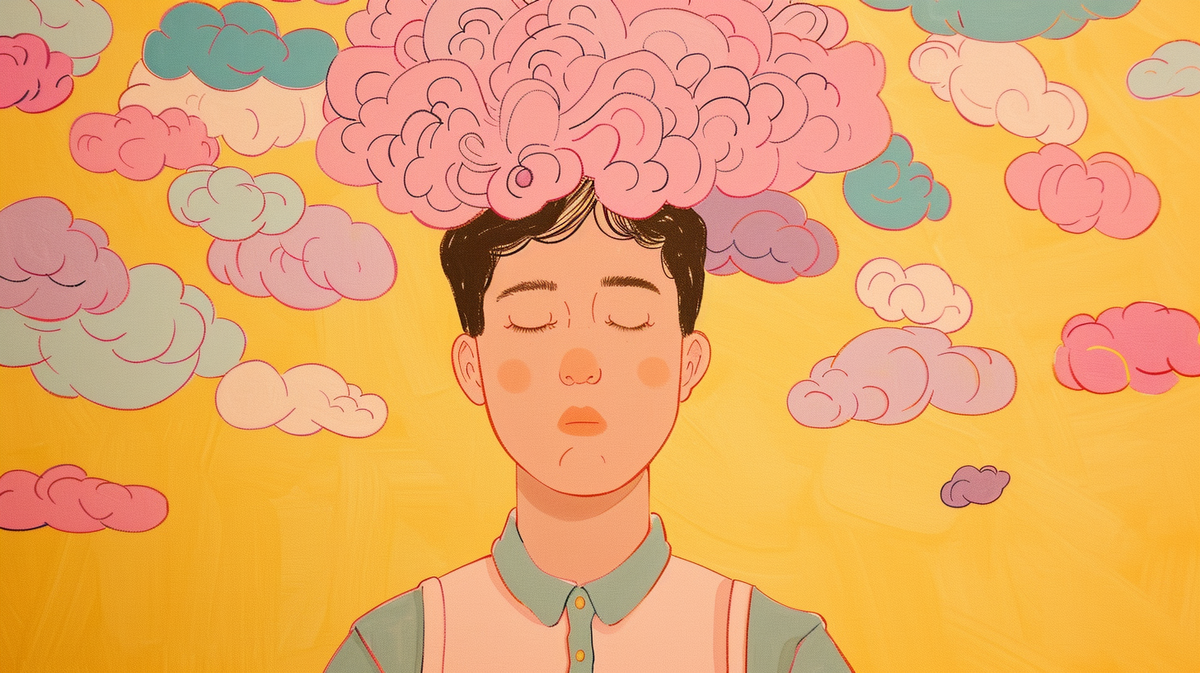
The debate has moved again. Toxic masculinity as an idea, is now seen as an unhelpful label that has been used to demonise ideas around maleness. This was highlighted when a story about an American schoolboy making a list of his female classmates in order of attractiveness became global news. The argument fell along the following dividing lines:
- The boy has embodied the idea of toxic masculinity by objectifying his female classmates, making them feel uncomfortable and marginalised.
- The boy is being unfairly scapegoated for a mistake he made to be representative of a larger problem in society: men (and boys) attitudes towards women (and girls).
Many column inches were spent arguing both points. Today, people feel confused. Half of American men and almost a third of women (30%) now think that society “punishes men just for acting like men,” according to a survey by the Public Religion Research Institute. And it’s easy to see why.
The view of men as toxic, or potentially toxic has become politicised. The political right tends to agree with the idea that men are unfairly punished more than those on the political left. So where do we go from here?
A hard liquid 🧪

Like so many of the ideas I’ve explored in these newsletters, toxic masculinity is a fluid idea that changes depending on who is using it. For its detractors, it’s a broad brush to tarnish men who attempt to undermine the progress of women and broader human rights. For its proponents, it’s a broad brush that captures a diverse group of men who feel society has turned its back on them.
Neither can ever truly own the idea. Instead, it creates a battleground for two groups to fight over. And maybe that’s the point of ideas like toxic masculinity: it’s something we fight to own. It’s not designed to be resolved. Its history is a testament to that, and part of other contentious terms too. Feminism started out as a movement to obtain women’s rights: today it’s a political hot potato. A case in point:
Fewer than a third of American women now describe themselves as a feminist. In 2018, YouGov polled those women who did not identify as feminists for their views on feminism. Almost half (48%) said that “feminists are too extreme” and that “the current wave of feminism does not represent true feminism” (47%). One in four (24%) said that “feminists are anti-men.”
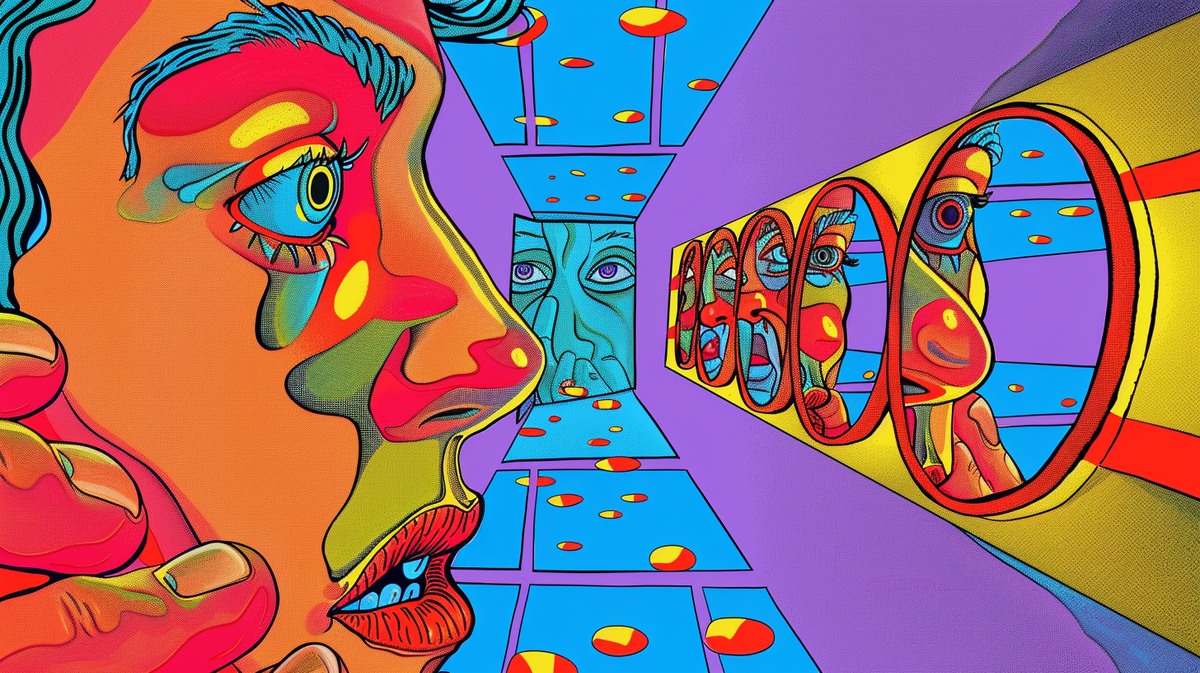
Perhaps the bigger story here is that terms like toxic masculinity are centres of gravity for opposing ideas to gather around. There is no drama in believing people, irrespective of gender, should be afforded the same access to the same opportunities as those from different genders.
Just as there’s no tension in the simple idea that time changes culture, our values, and our beliefs, and that change can be for better AND for worse. To be a man, a woman, or a person is an idea that can be both solid and liquid at the same time, like that fluid that goes hard when it's hit, but soft when it’s not. It’s called a Newtonian fluid, if you’re interested, and people like filling swimming pools with the stuff.

And maybe thinking of toxic masculinity as a Newtonian fluid is ultimately where we get to: when there's something that exerts pressure on it, it goes hard, impenetrable. But when nothing acts on it, it loses its strength and things can pass straight through it.
Toxic masculinity has gone through several stages: from a way to reflect on being a man in the modern age, to a badge of honour to wear in defiance of what society thinks men should be. My guess is that eventually, it’ll become a term that has run its course and will fade into obscurity, much like the group that first coined it.
Things we learned this week 🤓
- 🤷♀️ We’re surprisingly bad at knowing how people feel when we decline their invites.
- 🧠 Nearly 40% of psychiatric patients have been misdiagnosed.
- 😷 More links connecting air pollution and declining mental health.
- 📲 TikTok addiction leads to sleeping problems and social anxiety.
Just a list of proper mental health services I always recommend 💡
Here is a list of excellent mental health services that are vetted and regulated that I share with the therapists I teach:
- 👨👨👦👦 Peer Support Groups - good relationships are one of the quickest ways to improve wellbeing. Rethink Mental Illness has a database of peer support groups across the UK.
- 📝 Samaritans Directory - the Samaritans, so often overlooked for the work they do, has a directory of organisations that specialise in different forms of distress. From abuse to sexual identity, this is a great place to start if you’re looking for specific forms of help.
- 💓 Hubofhope - A brilliant resource. Simply put in your postcode and it lists all the mental health services in your local area.
I love you all. 💋











